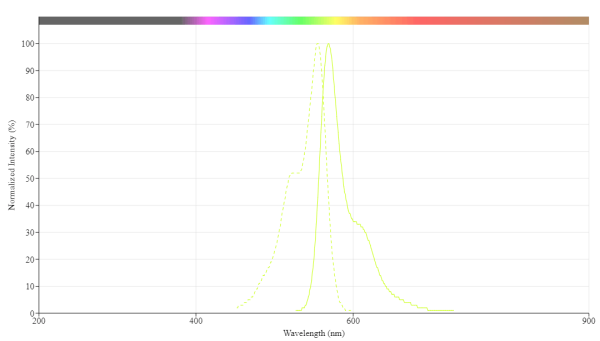Cookie preferences
This website uses cookies, which are necessary for the technical operation of the website and are always set. Other cookies, which increase the comfort when using this website, are used for direct advertising or to facilitate interaction with other websites and social networks, are only set with your consent.
Configuration
Technically required
These cookies are necessary for the basic functions of the shop.
"Allow all cookies" cookie
"Decline all cookies" cookie
CSRF token
Cookie preferences
Currency change
Customer-specific caching
FACT-Finder tracking
Individual prices
Selected shop
Session
Comfort functions
These cookies are used to make the shopping experience even more appealing, for example for the recognition of the visitor.
Note
Show the facebook fanpage in the right blod sidebar
Statistics & Tracking
Affiliate program
Conversion and usertracking via Google Tag Manager
Track device being used
| Item number | Size | Datasheet | Manual | SDS | Delivery time | Quantity | Price |
|---|---|---|---|---|---|---|---|
| ABD-15998 | 1 mg | - |
3 - 8 business days* |
306.00€
|
If you have any questions, please use our Contact Form.
You can also order by e-mail: info@biomol.com
Larger quantity required? Request bulk
You can also order by e-mail: info@biomol.com
Larger quantity required? Request bulk
Mitochondrial ROS (mtROS or mROS) are reactive oxygen species (ROS) produced in mitochondria.... more
Product information "MitoROS Brite(TM) 570 *Optimized for Detecting Reactive Oxygen Species (ROS) in Mitochondria*"
Mitochondrial ROS (mtROS or mROS) are reactive oxygen species (ROS) produced in mitochondria. Selective detection of mtROS is a critical task to investigate the cellular functions of mitochondria. The cell-permeant MitoROS Brite(TM) 570 reagent is cell-permeable and selectively located in mitochondria. It is nonfluorescent and produces bright orange fluorescence upon ROS oxidation in mitochondria. The resulting fluorescence can be measured using fluorescence imaging, high-content imaging, microplate fluorometry, or flow cytometry. mtROS was considered to be the by-products of cellular metabolism. However, they are now recognized as important signaling molecules. mtROS is primarily formed during oxidative phosphorylation at the electron transport chain (ETC) on the inner mitochondrial membrane. Electrons leak from complexes I and III, partially reducing oxygen to form superoxide. Superoxide is rapidly converted to hydrogen peroxide by two dismutases: SOD2 in the mitochondrial matrix and SOD1 in intermembrane space. At low levels, mtROS are essential for metabolic adaptation (e.g., in hypoxia). They regulate inflammatory responses triggered by danger signals. High mtROS levels activate apoptosis and autophagy pathways, potentially inducing cell death. Mitochondrial dysfunction leads to increased ROS levels, contributing to aging. mtROS induces cellular senescence, a stress response. Recently it has been reported that monocytes/macrophages in the lungs produce mtROS in COVID-19 patients, affecting disease pathogenicity, thus targeting mtROS could be a therapeutic strategy for novel drugs against coronavirus.
| Supplier: | AAT Bioquest |
| Supplier-Nr: | 15998 |
Properties
| Application: | Selective mitochondrial ROS (mtROS or mROS) detection, bright orange fluorescence |
Database Information
Handling & Safety
| Storage: | -20°C (protect from light) |
| Shipping: | +20°C (International: +20°C) |
Caution
Our products are for laboratory research use only: Not for administration to humans!
Our products are for laboratory research use only: Not for administration to humans!
Information about the product reference will follow.
more
You will get a certificate here
Viewed





